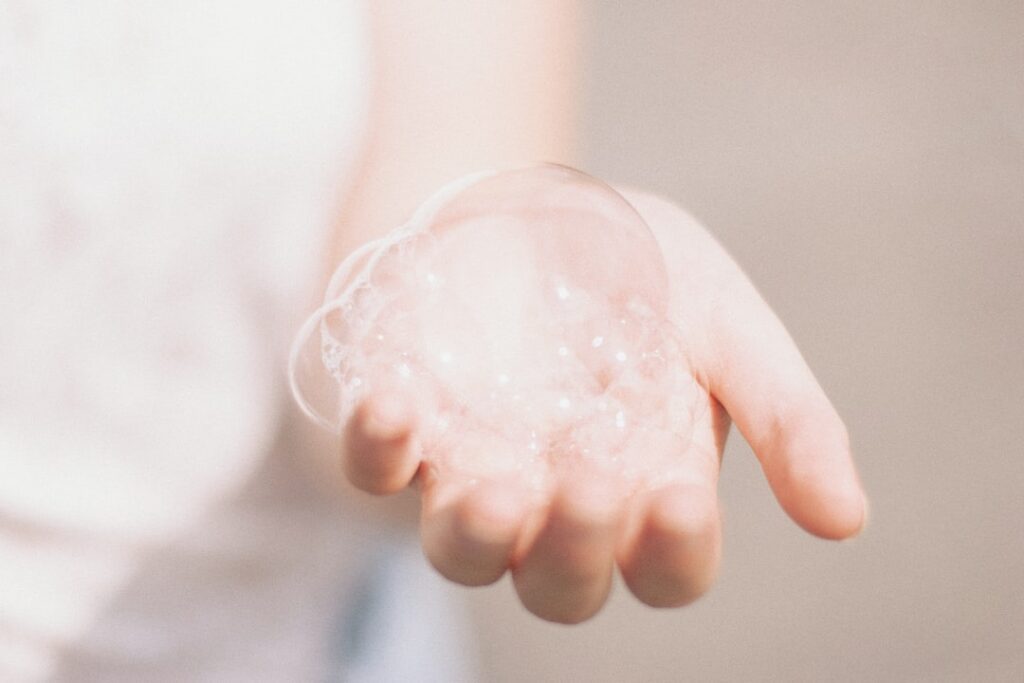DIY Saddle Soap: A Step-by-Step Guide
Are you looking to give your leather goods a new lease of life? Saddle soap is a classic and effective solution for cleaning, conditioning, and maintaining leather items. Whether it’s your cherished pair of leather boots, a timeless leather sofa, or your trusty saddle, saddle soap can help keep them looking their best. In this guide, we’ll walk you through the simple process of making your own saddle soap at home.
Understanding Saddle Soap
Saddle soap is a specially formulated product designed to clean, condition, and protect leather. It helps remove dirt, grime, and stains while moisturizing the leather to prevent it from drying out and cracking. Typically, commercial saddle soaps contain a combination of ingredients such as lanolin, beeswax, and glycerin, which work together to clean and nourish the leather.
Surprising Statistics
Did you know that the global leather goods market was valued at over $414 billion in 2020? Leather products continue to be in high demand, creating a need for effective leather care solutions like saddle soap. By making your own saddle soap, you not only save money but also have the satisfaction of using a homemade, natural alternative.
Making Your Own Saddle Soap
Ingredients You’ll Need
– Castile Soap: 1 bar (4 oz)
– Beeswax: 2 tablespoons
– Lanolin: 2 tablespoons
– Coconut Oil: 1 tablespoon
– Glycerin: 1 tablespoon
– Essential Oils (optional): for fragrance
Step 1: Grate the Castile Soap
Begin by grating the entire bar of castile soap using a fine cheese grater. The smaller the flakes, the easier they will dissolve in the mixture.
Step 2: Melt the Ingredients
In a double boiler or a heatproof bowl placed over a pot of simmering water, combine the grated castile soap, beeswax, lanolin, and coconut oil. Heat the mixture gently until all the ingredients melt together, stirring occasionally.
Step 3: Add Glycerin and Essential Oils
Once the mixture has melted, remove it from the heat and stir in the glycerin. If desired, add a few drops of your favorite essential oils to give your saddle soap a pleasant scent.
Step 4: Pour into Molds
Carefully pour the liquid saddle soap mixture into molds of your choice. This could be small tins, silicone molds, or even an empty, clean deodorant stick container for easy application.
Step 5: Allow to Cool and Solidify
Let the saddle soap mixture cool and solidify at room temperature or in the refrigerator. Once solid, remove the bars from the molds and store them in a cool, dry place.
How to Use Saddle Soap
Saddle soap can be used on a variety of leather items, from shoes and bags to furniture and equestrian gear. Here’s how to use your homemade saddle soap for general leather care:
1. Prep the Leather: Use a soft-bristled brush or a clean, damp cloth to remove any surface dirt or dust from the leather item.
2. Apply the Saddle Soap: Dampen a soft cloth or sponge and rub it over the saddle soap to create a lather. Gently massage the lather into the leather using circular motions.
3. Wipe Off Excess: Use a clean, damp cloth to wipe away any excess lather and dirt from the leather.
4. Condition (Optional): For an extra conditioning boost, follow up with a leather conditioner after the saddle soap has dried.
5. Buff and Polish: Once the leather has dried, use a dry cloth to buff the leather to a gentle shine.
Incorporating Saddle Soap into Your Routine
Using saddle soap regularly can help prolong the life of your leather goods and keep them looking their best. Consider incorporating the following habits into your routine to make the most of your homemade saddle soap:
– Regular Cleaning: Make it a habit to clean your leather items with saddle soap every few months to prevent the build-up of dirt and grime.
– Storage Care: Before storing leather items for an extended period, give them a thorough cleaning with saddle soap to remove any dirt and apply a light coat of leather conditioner to help maintain their suppleness.
– Spot Treatment: Keep a small bar of saddle soap handy for quick spot treatments on leather goods to address stains and spills promptly.
– Test First: Always test the saddle soap on a small, inconspicuous area of the leather item to ensure compatibility and to check for any adverse reactions.
Summary
Homemade saddle soap is an excellent, cost-effective way to clean and condition your leather goods while avoiding harsh chemicals often found in commercial products. By following the simple steps outlined in this guide, you can create your own batch of saddle soap and enjoy the rewards of well-maintained, supple leather items. Remember to incorporate regular leather care into your routine to keep your leather goods looking their best for years to come!











